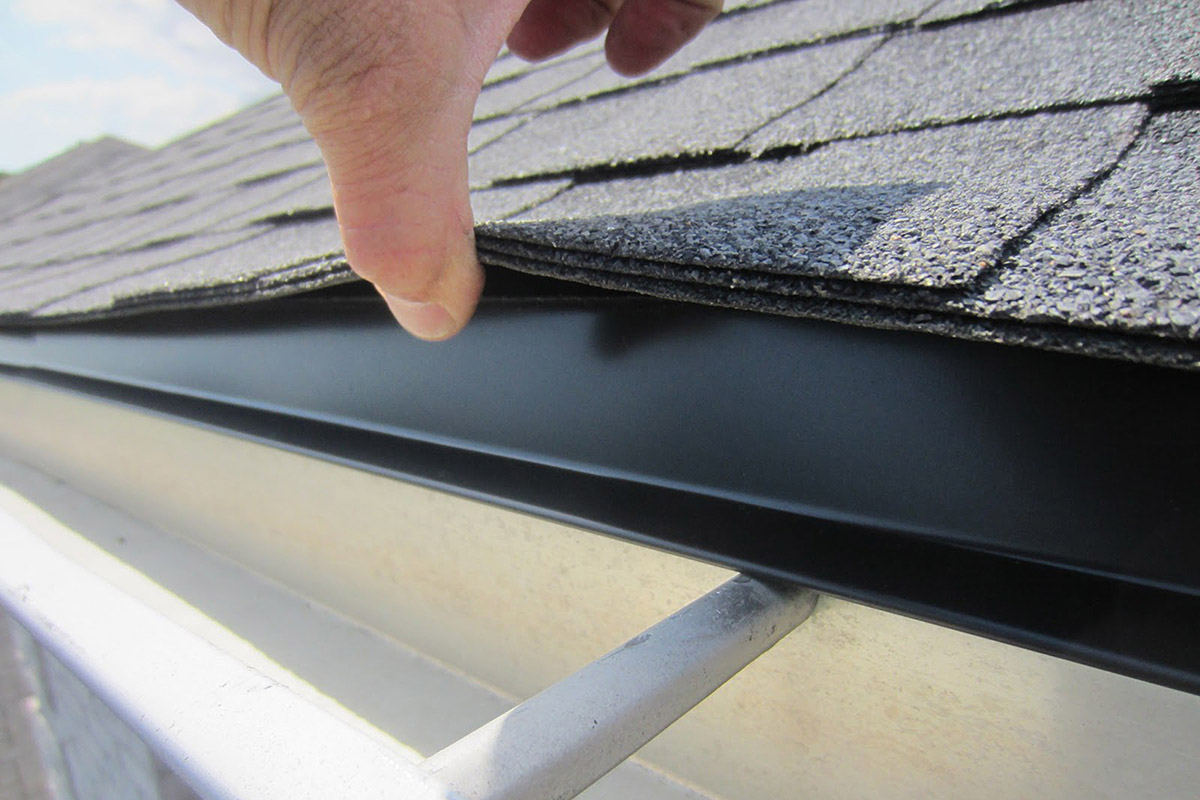After experiencing whiplash from a car crash, your Health and well-being should be a top priority. Seeking immediate medical attention is essential, but what comes next is equally important. You can take five key actions to aid in your recovery and prevent long-term complications.
Tip 1: Seek Immediate Medical Attention
If you’re experiencing symptoms of whiplash after a car crash, it’s crucial to seek immediate medical attention to assess and address any potential injuries. Even if you feel fine initially, whiplash symptoms can sometimes take hours or even days to appear. By seeing a doctor promptly, you can receive a proper evaluation and start necessary treatment early, which may help prevent further complications.
Tip 2: Rest and Avoid Strenuous Activities
After experiencing whiplash from a car crash, it’s important to prioritize rest and avoid engaging in strenuous activities to aid in your recovery. Rest allows your body to heal and reduces the risk of further injury to your neck and spine. Avoid activities that strain your neck muscles or cause sudden movements that could exacerbate the whiplash symptoms.
Opt for gentle movements and avoid lifting heavy objects or performing high-impact exercises. Remember to listen to your body; stop immediately if an activity causes pain or discomfort. Giving yourself time to rest and avoiding strenuous activities gives your body the best chance to recover from whiplash effectively.
Tip 3: Apply Ice to Reduce Inflammation
To reduce inflammation, applying ice to the affected area can help alleviate pain and swelling. Ice helps constrict blood vessels, reducing blood flow to the injured area and decreasing inflammation. When using ice, remember to wrap it in a cloth to prevent ice burn.
Apply the ice pack for about 15-20 minutes at a time, several times a day during the first 48 hours after the injury. Allow your skin to return to normal temperature between icing sessions. Be cautious not to apply ice directly to the skin for an extended period as it can cause damage.
Ice Therapy is an effective way to manage inflammation and provide relief after experiencing whiplash.
Tip 4: Perform Gentle Neck Exercises
Ready to improve your neck mobility and reduce stiffness after a car crash? Gentle neck exercises can help you regain strength and flexibility. Start by slowly turning your head from side to side, then gently tilting your head forward and backward. These movements can help prevent your neck muscles from becoming too tight.
You can also try shoulder rolls and gentle stretches to relieve tension in the neck area. Remember to move slowly and avoid any exercises that cause pain or discomfort. Consistency is key, so try incorporating these exercises into your daily routine. If you experience increased pain or discomfort, be sure to consult with a healthcare professional before continuing.
Tip 5: Maintain Proper Posture and Support
Proper posture and adequate support are crucial for better management of whiplash after a car crash. Maintaining correct posture can help alleviate strain on your neck and spine, promoting better healing. Remember to keep your back straight, shoulders relaxed, and head aligned with your spine when sitting or standing.
Avoid slouching or hunching over, as this can exacerbate whiplash symptoms. Additionally, using supportive pillows while sitting or sleeping can provide extra comfort and stability for your neck. Consider investing in a supportive chair for work or driving to maintain good posture throughout the day.
These steps can help alleviate symptoms, prevent complications, and promote a faster recovery. Remember to listen to your body, follow your doctor’s recommendations, and care for yourself during this challenging time. Your health and well-being are top priorities.
Importance of Roof Flashing Maintenance
Understanding Roof Flashing
Roof flashing is critical as it prevents water damage by sealing the areas where the roof meets vertical structures like walls or chimneys. It’s typically made from moisture-resistant materials like metal and is crucial for the integrity of the roof.
Common Flashing Damage and Causes
Damage to roof flashing can arise from several sources such as weather exposure, physical impacts, and the natural wear and tear over time. Common issues include corrosion, loosening, and the creation of gaps that allow water to seep through.

Signs That Your Flashing Needs Repair
Key indicators that
requires attention include visible rust, cracks, and water stains inside the house near walls or ceilings adjacent to the roof. Regular inspections can help catch these issues early, preventing more extensive damage.
Repairing Shingle Roof Flashing
Steps for Flashing Repair
The process typically involves removing the damaged flashing, cleaning the area, and installing new flashing. It’s important to ensure that the new flashing is properly sealed and integrated with the surrounding materials to maintain waterproofing.
Professional vs. DIY Repair Approaches
When it comes to repairing roof flashing, deciding between a DIY approach and professional services hinges on the complexity and extent of the damage. Minor repairs, such as sealing small gaps or replacing a limited section of flashing, can often be managed by skilled homeowners with the right tools. However, for more significant or widespread damage, hiring professionals is advisable. Professionals bring expertise that ensures the repair is thorough, from diagnosing hidden issues to using high-Quality materials that extend the life of the roof. This not only ensures durability but also safeguards against potential problems that could arise from improper repair, thereby maintaining the roof’s effectiveness and longevity.
For a detailed guide on how to conduct these repairs, check out the full article here.